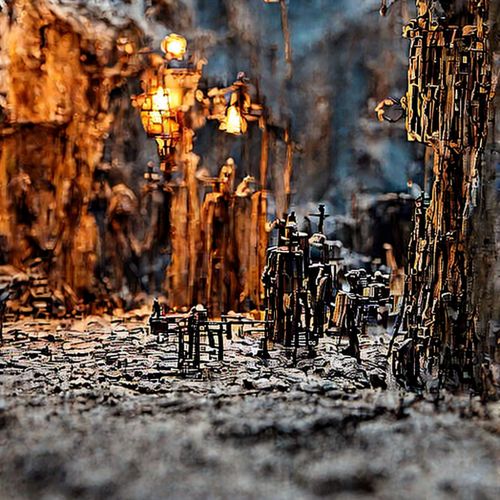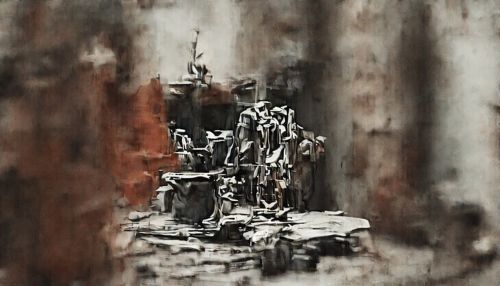Stop Motion
Overview
Stop motion is an animation technique that physically manipulates an object to appear as though it is moving on its own. The object is moved in small increments between individually photographed frames, creating the illusion of movement when the series of frames is played as a continuous sequence. This technique makes a physically manipulated object appear to move on its own. The object is moved in small increments between individually photographed frames, creating the illusion of movement when the series of frames is played as a continuous sequence.


History
The first instance of stop motion can be traced back to the late 19th century, with the invention of the phenakistoscope and the zoetrope. These devices used a series of drawings or photographs shown in quick succession to create the illusion of motion. The first film to use stop motion as we know it today was "The Humpty Dumpty Circus" by Albert E. Smith and J. Stuart Blackton in 1897.
Techniques
There are several techniques used in stop motion animation, each with its own unique aesthetic and technical challenges. These include:
Puppet Animation
Puppet animation involves the manipulation of three-dimensional puppets and other objects. The puppets are typically made of materials such as clay, latex, or foam rubber, and are often built around a wire armature to allow for more fluid movement.
Claymation
Claymation is a form of stop motion animation that uses figures made of clay or a similar malleable material. The figures are sculpted and then manipulated frame by frame to create movement.
Cut-out Animation
Cut-out animation is a technique where flat objects, such as paper cut-outs, are moved incrementally to create the illusion of motion. This technique was popularized by the works of Terry Gilliam in the Monty Python's Flying Circus television series.
Pixelation
Pixelation involves the use of live actors as stop motion characters. This technique often incorporates a mix of live action and stop motion animation.
Object Animation
Object animation refers to the use of regular inanimate objects in stop motion animation, which are moved to create the illusion of life.
Production
The production of a stop motion animation can be a time-consuming and labor-intensive process. Each frame of the animation represents a still photograph, and the frames are played back in rapid succession to create the illusion of motion. Depending on the complexity of the animation, a single minute of stop motion film can require weeks to months of work.
Impact and Influence
Stop motion has had a significant impact on the world of animation and film. It has been used in a variety of contexts, from children's television shows to full-length feature films. Some of the most notable examples of stop motion include the works of Ray Harryhausen, who used the technique to bring mythical creatures to life in films such as "Jason and the Argonauts", and Nick Park, creator of the beloved "Wallace and Gromit" series.
